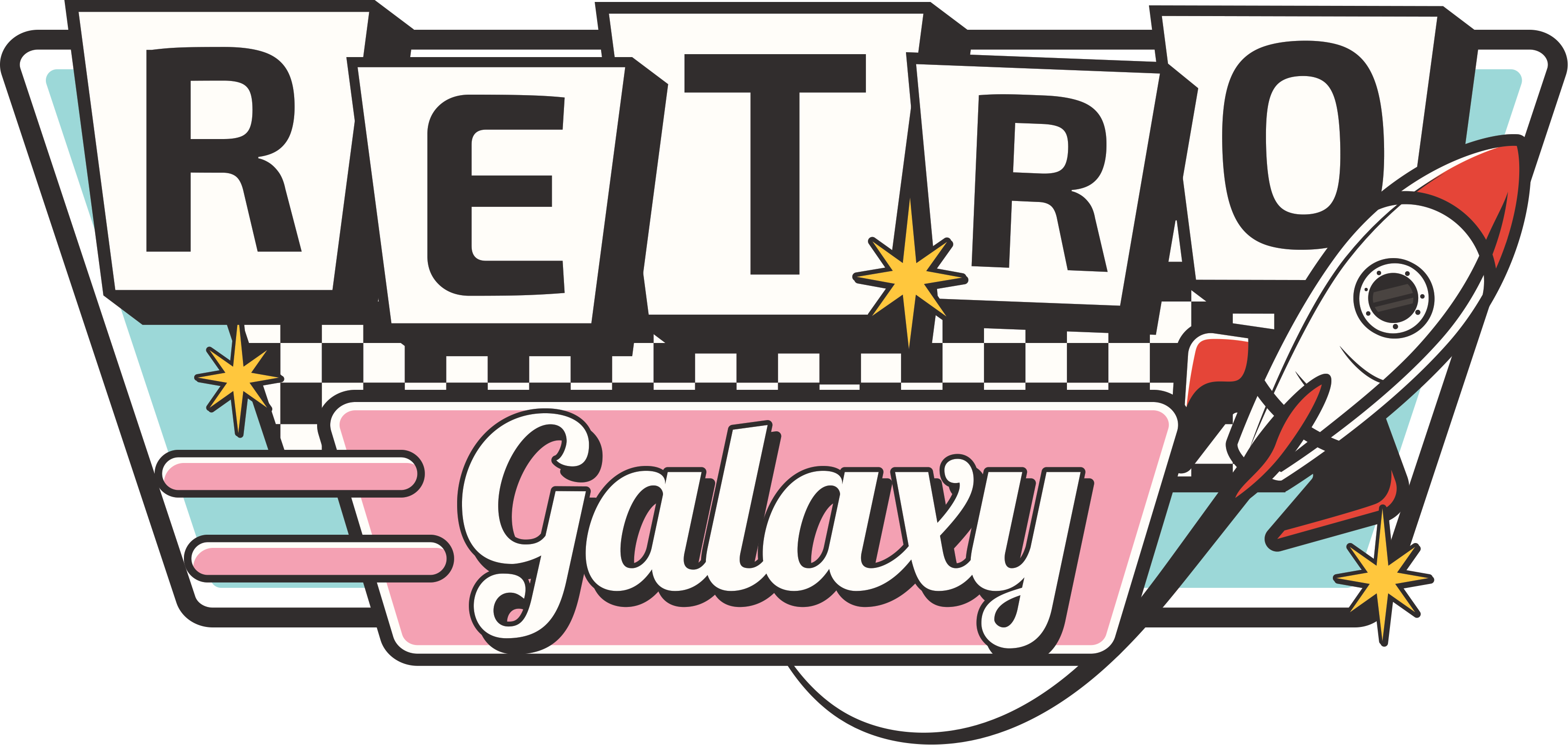The 1960s saw a huge shift in society. People started questioning authority and challenging the status quo.
They also became more interested in personal freedom and equality.
This led to a number of social movements, such as civil rights, feminism, environmentalism, antiwar protests, and psychedelic drug experimentation.
Music played a key role in these movements. In particular, the Beatles’ songs helped shape the counterculture/hippie movement.
Their music was often political, and they influenced other musicians who followed them.
The following is a list of some of the most popular bands and songs from the 1960s that were popular listening for hippies.
This article will not only help you to understand what the hippies were listening to in the 1960s, but will also investigate how their music helped to shape their subculture and wider society.
Here are some of the most popular music styles among hippies of the 60’s.
1. Folk Rock
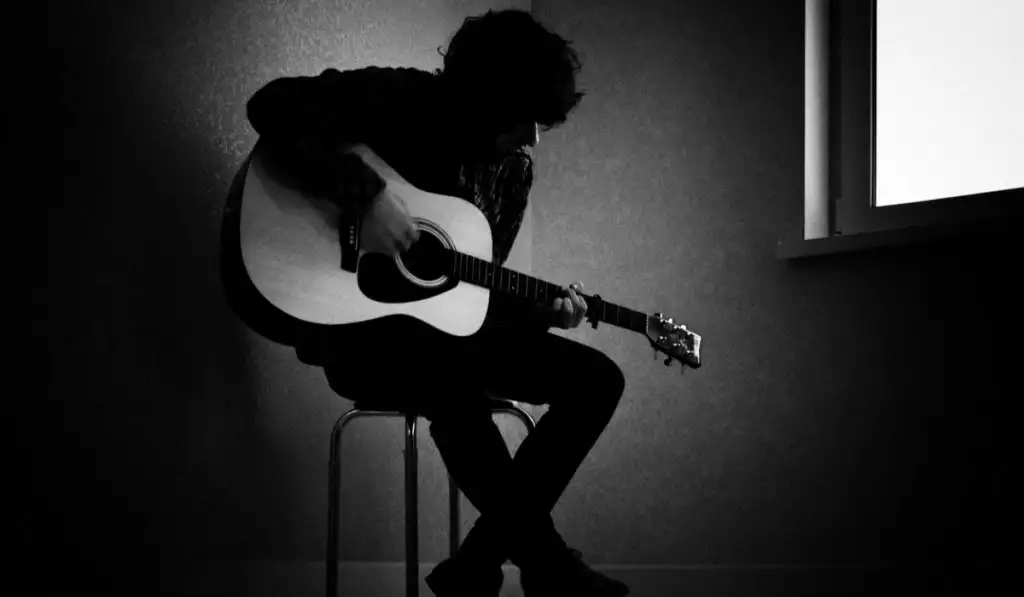
Folk rock was one of the first genres of music to emerge after World War II. It was a combination of folk music (traditional English ballads) with rock ‘n roll.
The genre was pioneered by artists like Bob Dylan, Joan Baez, Peter, Paul & Mary, and Simon & Garfunkel.
These artists used folk music to express ideas about peace, love, and equality.
For example, “Blowin’ in the Wind” by Bob Dylan talks about racism, while “Mrs. Robinson” by Simon & Garfunkel deals with divorce.
Folk rock continued to be popular throughout the 1960s, because of its chilled out sound and its social cause.
Artists like Joni Mitchell, Leonard Cohen, Neil Young, and Crosby, Stills, Nash & Young all made important contributions to this style of music.
2. Psychedelic Rock
Psychedelic rock emerged during the late 1950s and early 1960s. Its name comes from two Greek words meaning “mind manifesting”.
It combined elements of jazz, and rock ‘n’ roll, both of which were independently popular within subcultures in their own right.
The music itself was largely inspired by ‘mind-expanding’ drugs, such as LSD and cannabis, which were already intertwined with hippie culture.
The drug use was reflected in the music through musical concepts such as electronic tones, feedback, and even intensely high volume.
Bands like The Grateful Dead performed psychedelic rock, often whilst touring and performing music festivals, and this genre became a staple for hippies across America (but with a focus in the West Coast).
3. Acid Rock
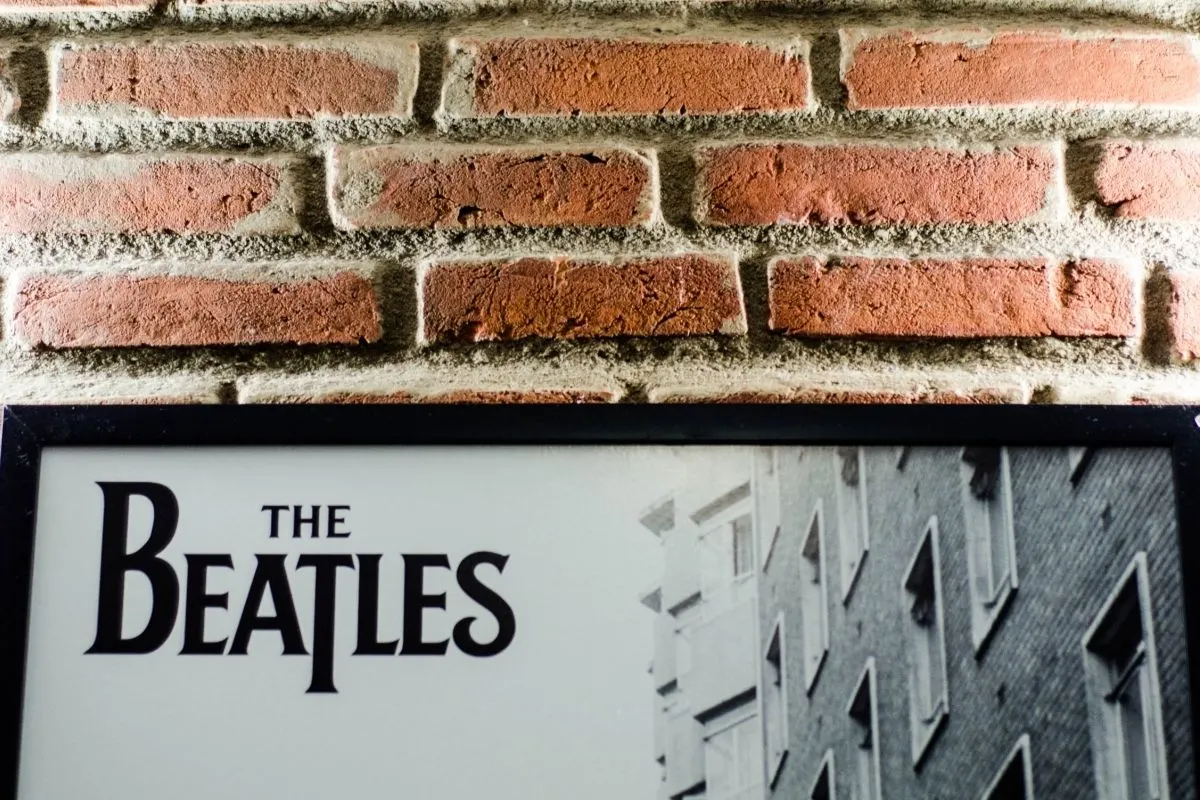
Acid rock was another form of psychedelic rock. It originated in San Francisco in 1965, when the band Love experimented with LSD.
The group wrote the song “I’m Only Sleeping” whilst experimenting with LSD, which was later covered by The Beatles.
After this popularity and success, many other groups began experimenting with LSD.
One of the best known examples of acid rock is Pink Floyd, who released their debut album, “Piper at the Gates of Dawn” in 1967.
The album contained several songs written while the band took LSD, including “Arnold Layne”, “Lucifer Sam”, and “See Emily Play”.
Other notable acts include Jefferson Airplane, whose 1969 album “Surrealistic Pillow” featured the hit single “White Rabbit”.
Other artists who have been associated with acid rock are David Bowie, Jim Morrison, and Janis Joplin.
4. Jazz Fusion
Jazz fusion was a new type of music created in the mid-1960s. It fused together elements of jazz and rock ‘n’roll.
It was an attempt to create a new kind of music that would appeal to a wide audience.
The term “jazz fusion” was coined by Miles Davis in 1966, and he released his first album under this title in 1968.

Some of the most famous bands that played jazz fusion included Weather Report, Mahavishnu Orchestra, and Return To Forever.
Again, like other genres of music on this list, jazz fusion became popular among counter culture, as it contained many elements that were already enjoyed by members.
It blended genres, combining rock ‘n’ roll with electronic instruments, and even showed, and showed interest in more exotic and less heard music – such as Indian sitar music.
4. Worldbeat
Worldbeat music blended together a few different (and some would argue contrasting) kinds of music, such as pop and rock, with traditional world music.
It was also influenced by the rise of reggae music, which had become very popular among young people in Britain and the United States.
The first world beat record label was founded in 1964, and many musicians came out of Jamaica to play in the UK.
Some of these musicians included Bob Marley, Peter Tosh, and Bunny Wailer.
Later, many British musicians started playing reggae music, such as The Rolling Stones, Led Zeppelin, and The Clash.
In the late 1960s, there were many other styles of world beat music, but they all shared similar characteristics.
They used electric guitars, drums, bass, keyboards, and horns.
5. Heavy Metal

Heavy metal is one of the oldest forms of music. It has its roots in blues and folk music, and it was originally played by black American musicians.
However, once it was introduced into Europe, it became popular among white hippie youth.
This happened because the style of heavy metal appealed to them, as it was loud, fast, and aggressive, whilst often still rebelling against the culture and society that they had grown up in.
Many European countries banned heavy metal from being played in public places or sold in stores. Heavy metal was made illegal in Germany in 1972, and in France in 1973.
Heavy metal became popular after the release of Led Zeppelin’s albums. Often, Led Zeppelin’s music was filled with songs about sex, drugs, and rebellion.
These lyrics helped make heavy metal appealing to teenagers, who wanted to rebel against their parents and live life at their own pace – synonymous with the hippie lifestyle.
The Importance Of Music Festivals For The Hippie Subculture
Music festivals were extremely important to the hippie subculture, as they provided a place where hippies could meet each other, listen to music, and have fun.
There are many types of music festivals, including:
Hippie Festivals
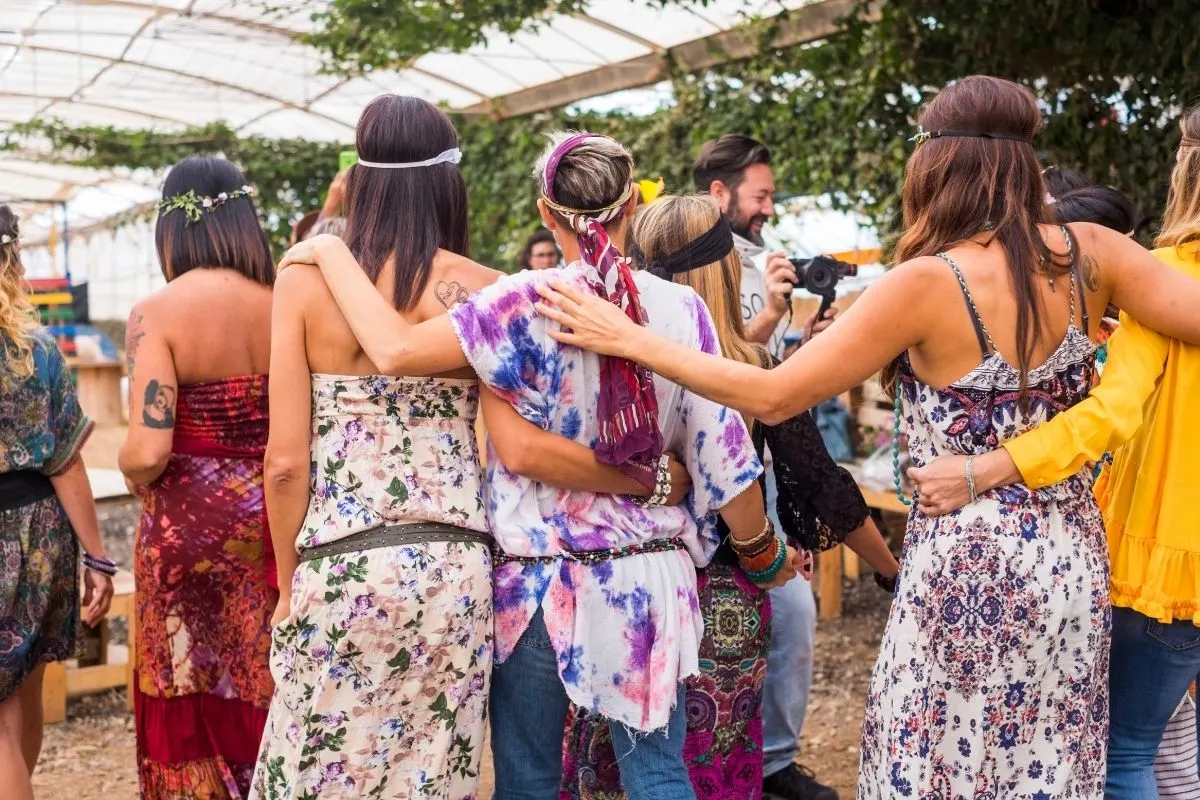
Hippie Festivals were usually held in rural areas, away from cities and towns. They were frequently organized by local community groups, and they were free to attend.
Most hippie festivals took place between April and October, when the weather was warm enough for people to enjoy outdoor activities.
Counter Culture Festivals
Counter Culture Festivals were held in urban areas, so they were easier to organize than hippie festivals. These festivals were sponsored by businesses, and they were not free to attend.
They were often held during the summer months, and they focused on promoting a specific counter-culture movement.
For example, Woodstock was an event that promoted peace, love, and understanding. Other events, such as Monterey Pop Festival, promoted psychedelic music.
Rock And Roll Festivals
Many rock and roll festivals were held in the 1950s and early 1960s, but they were mostly attended by adults.
Rock festivals were usually organized by promoters, and they were usually held in large venues.
In the 1970s, however, more and more rock festivals were held outdoors, which allowed for larger crowds.
Reggae Festivals
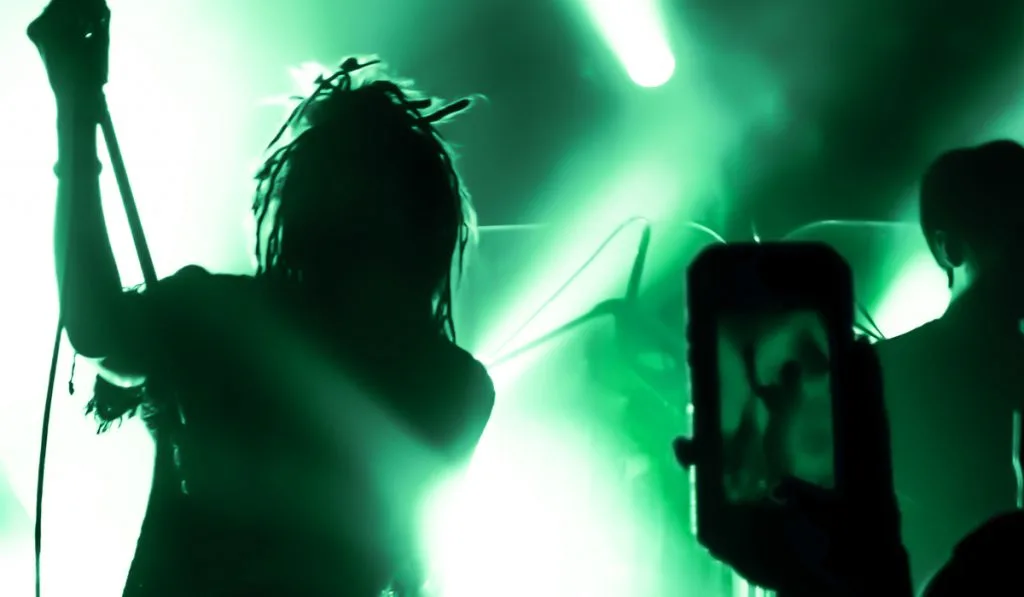
Reggae festivals were held throughout the Caribbean and South America. Reggae festivals were typically organized by business owners, and they were usually free to attend.
They lasted several days, and they featured many musical acts.
Reggae festivals became very popular in the 1980s, and they continued to grow in popularity until today.
Final Thoughts
In conclusion, music was a big part of the hippie subculture.
Often, the genres most enjoyed by hippies focused on producing music that was rebellious and exciting, and it spoke to young people who wanted to break away from their old lives, and a society that they believed was broken.
Furthermore, the hippie subculture was heavily influenced by the music that they listened to, and this is reflected in the styles of clothing, hairstyles, and attitudes that they adopted.
Music enjoyed by hippies helped to usher in societal changes.
